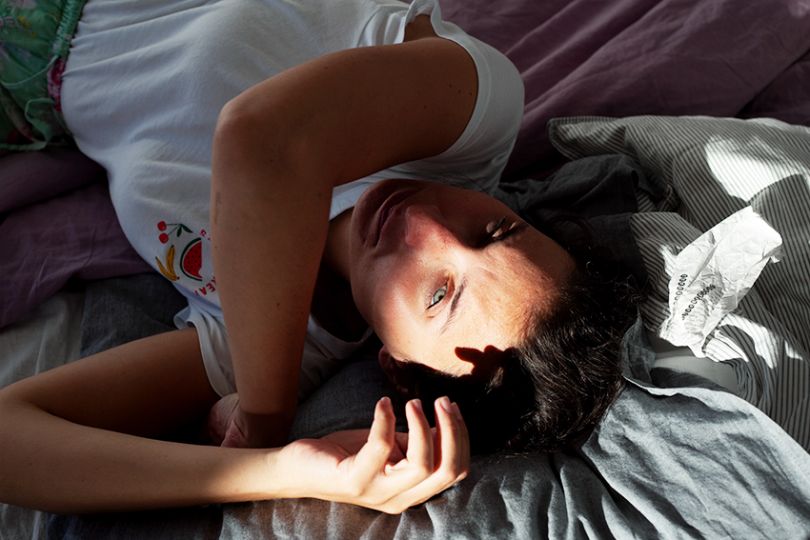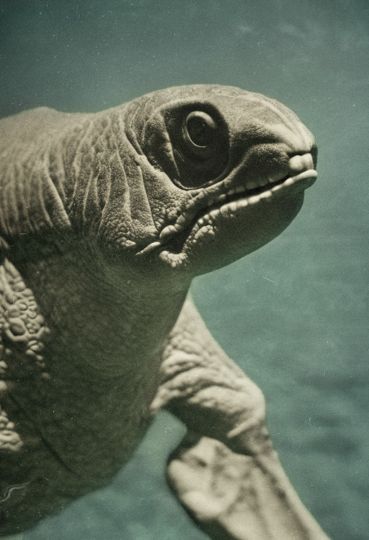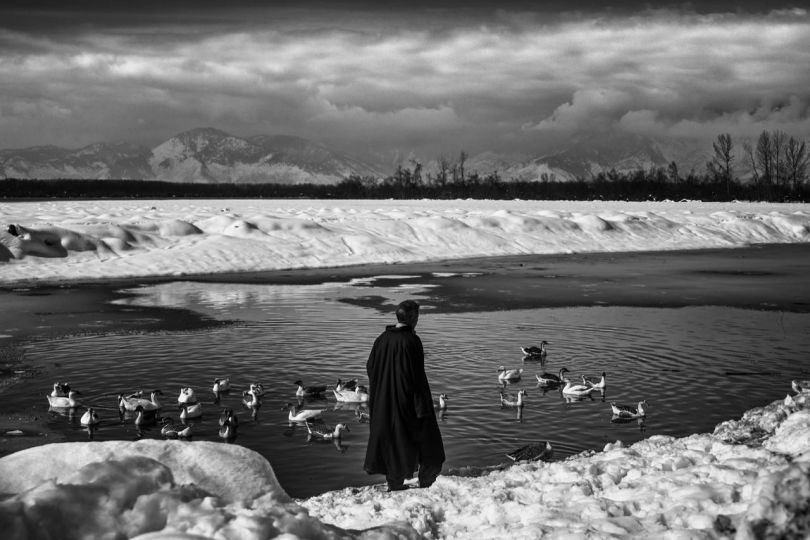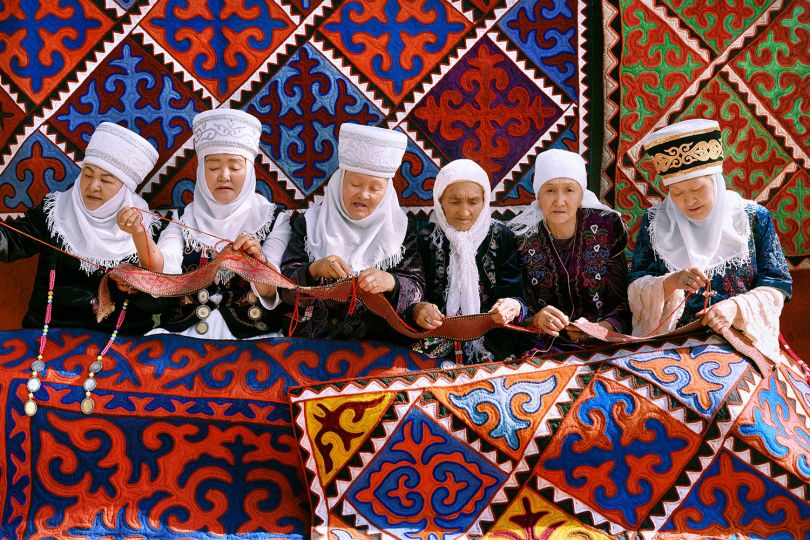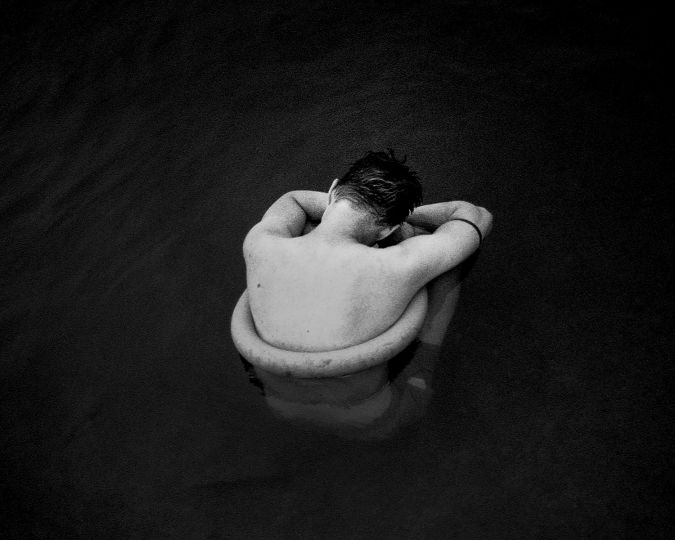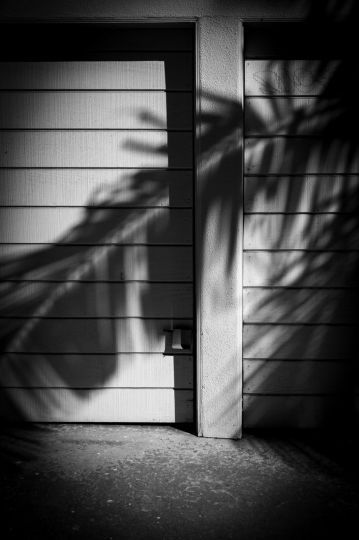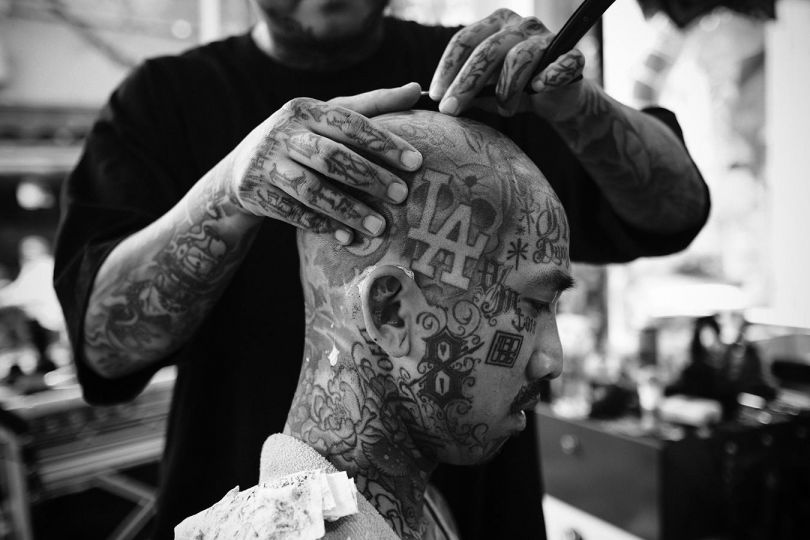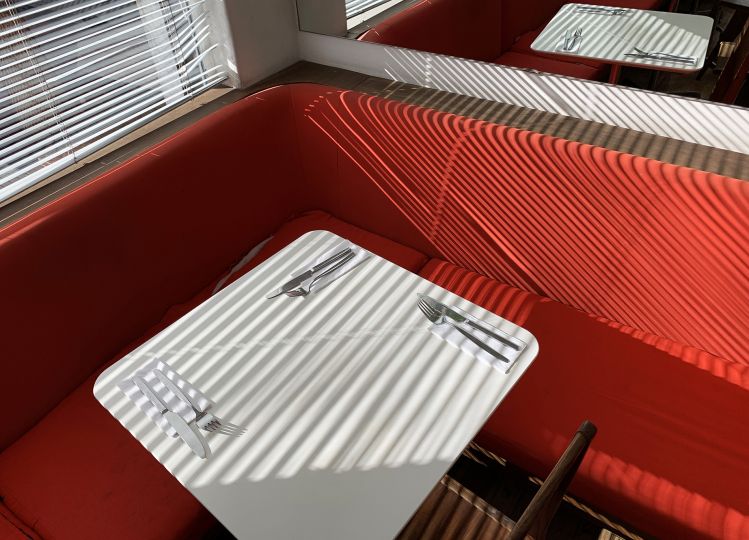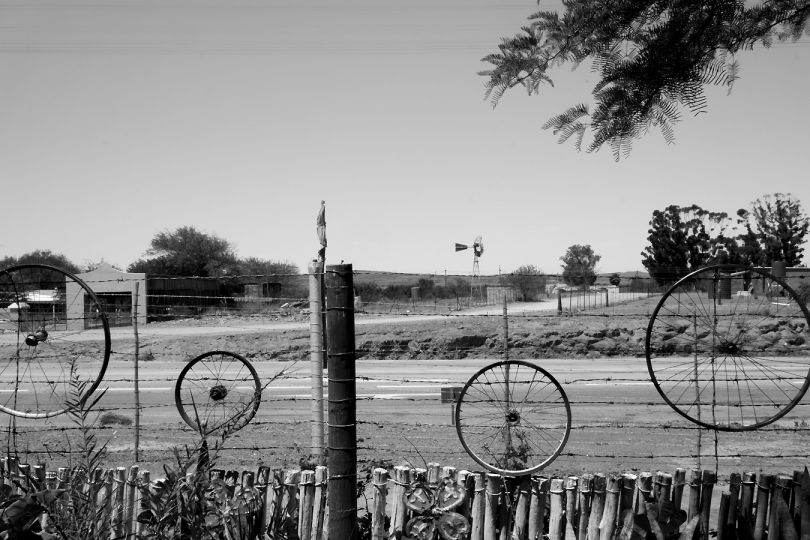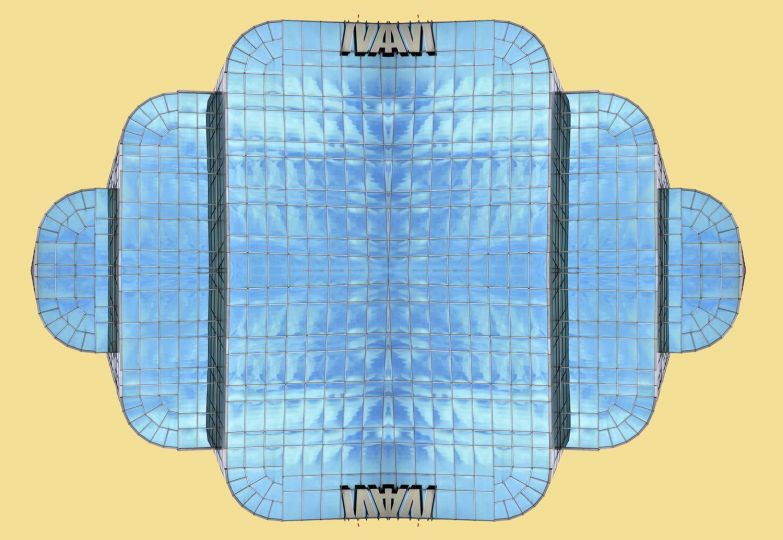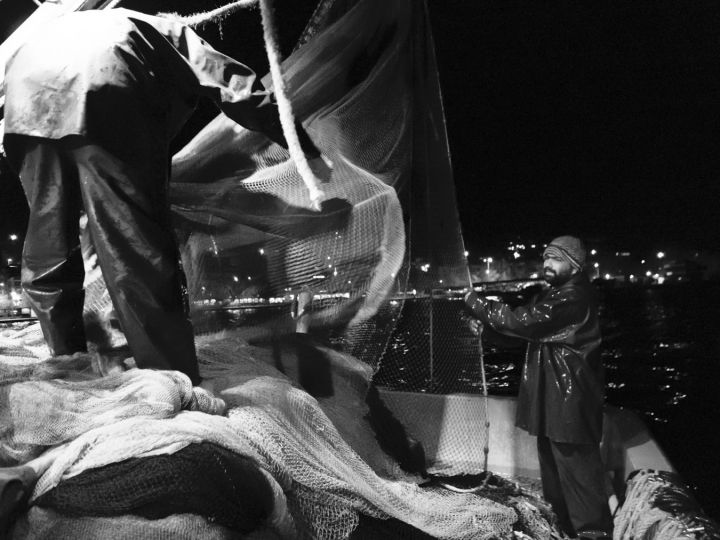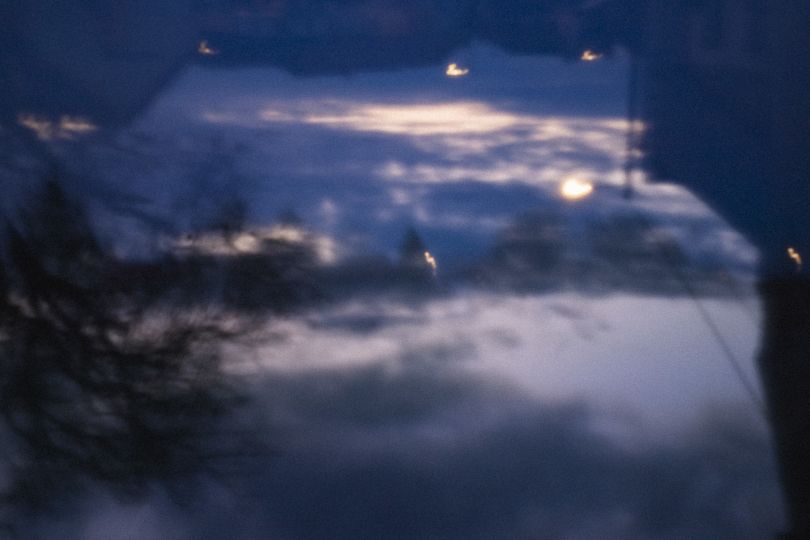My Lady is a love story between a woman and a photographer. It’s a photo novel, first-person view. With the difference that the moments captured here are those usually intended for oblivion. We only witness a daily life without passion, made of bathroom cleanings, sweats of a pregnant woman, nervousness, empty eyes. The photographer even seems to refuse his companion any image that would magnify her to keep poses and expressions that would be excluded from any family album. Photographer Romain Leblanc prefers prosaism to fiction.
It would be easy to read in this negative photo novel a simple satire, a set of photographs which would underline the baseness of the life of couple. But that would be to miss the tender gaze of which each of the images is in reality the witness. Capturing these moments, and even more wanting to preserve and share them, requires attention to the other that only the lover is capable of having. Romain Leblanc shows us a prosaism already crystallized by the loving gaze.
Faced with the objective, his partner Adélaïde Brun is in total abandonment. She lets herself be photographed in a bad mood, tired, sad. This carelessness is in turn the manifestation of a shared love. Adelaide gives her confidence, and lets her lover have access to an intimacy that social conventions hide from everyone else.
My Lady is a photographic series which, like any love story, was built in pairs, between attentive gaze and confident gift. Romain and Adelaide show any moment in their lives, as if every moment, even the most banal or the most annoying, has its importance, without any hierarchy. Leaving their child out of the picture, they replace the family portraits that are made of calendars and publications on social networks with images in which only a naked love remains, free of social projections and of a fantasy fantasy. They then reveal this secret together: prosaism is not the enemy of passion, but the very place of love.
Frédéric-Pierre Saget

